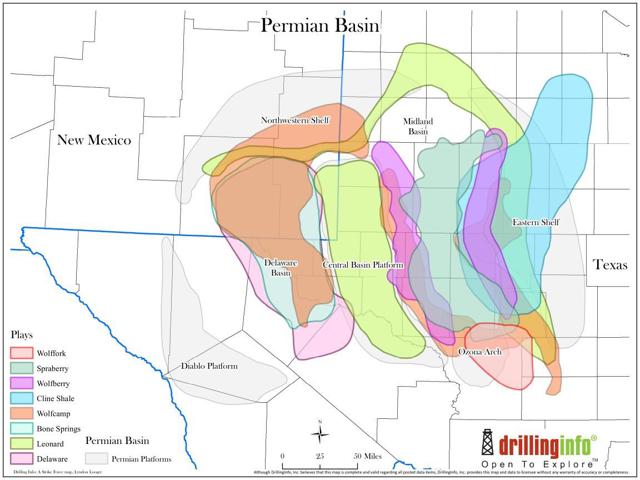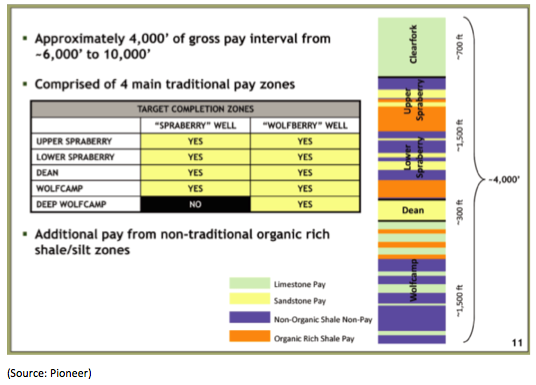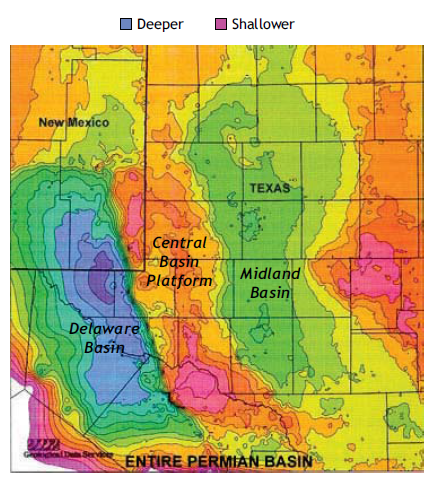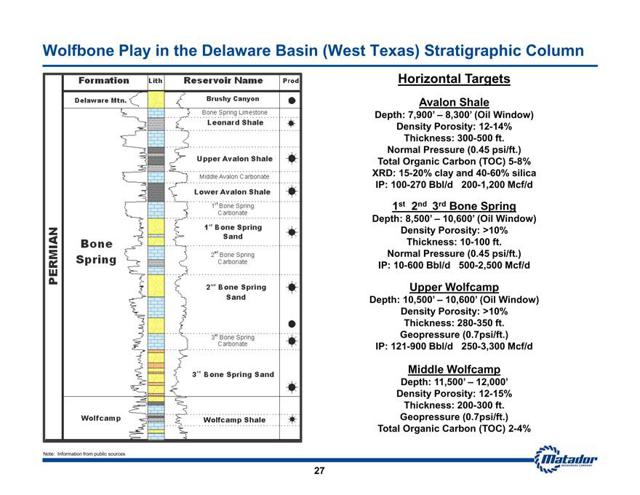WILLISTON, ND – Mountain Plains Equity Group (MPEG) celebrated the completion of ParkRidge Townhomes today. The 36-unit development received support from the state’s Housing Incentive Fund (HIF) to ensure the availability of affordable housing in Williston for essential service workers.
“This project has truly been a concerted group effort, with a number of players here that deserve a lot of credit. By working together, this type of public-private partnership has produced a great housing option in Williston – and at a much more affordable price,” said Don Sterhan, MPEG president and CEO.
Eighteen of ParkRidge’s two-bedroom units are rented for $1,000 per month to law enforcement, education and medical facility staff and local and state government employees. To qualify for these units, primary household income must come from such employment. The remaining units in the development rent at market-rate.Somehow, government incentives to ensure the availability of affordable housing for essential service workers makes more sense than $25,000 tax credits for the wealthy buying $125,000 Teslas. But then, that's just one man's opinion.
************************************
2015 Bakken Oil Product & Service Show
Williston – Best Show Ever Williston , ND, October 14, 2015 – The booths are packed up and the results are in.
Despite a slowdown in oil and gas activity, exhibitors and visitors describe BOPSS 2015 as the best show ever.
Expanded hours, discounted safety training, door prizes, and a Tailgate Cook - Off competition raising money for charity were all welcomed additions to the event. The pull back in craziness allowed over 1,000 people to attend and connect at the event, an increase of more than 25% from 2014.
While some companies are clawing their way through the downturn , some have closed up shop and others are taking market share from competitors, one thing is for certain: the oil and gas business in the Williston Basin is alive and kickin’ and here to stay.






